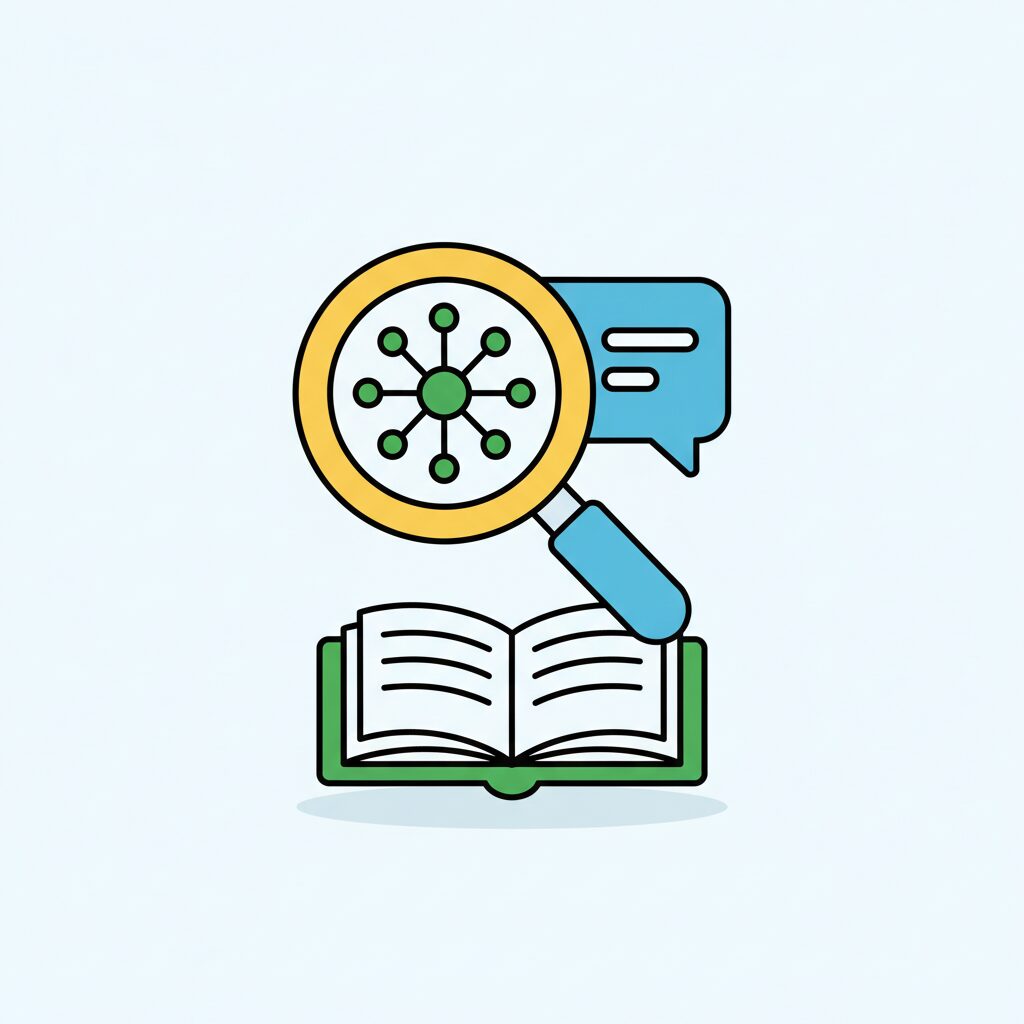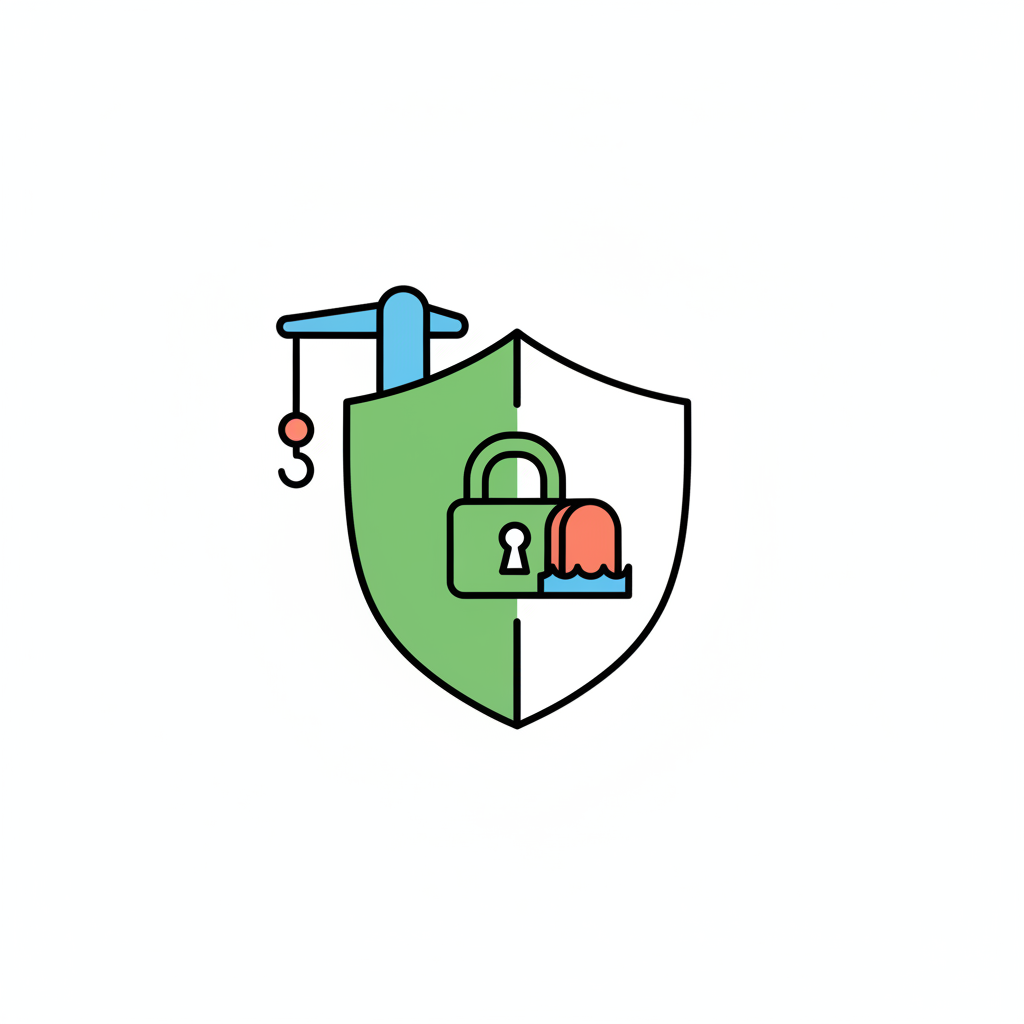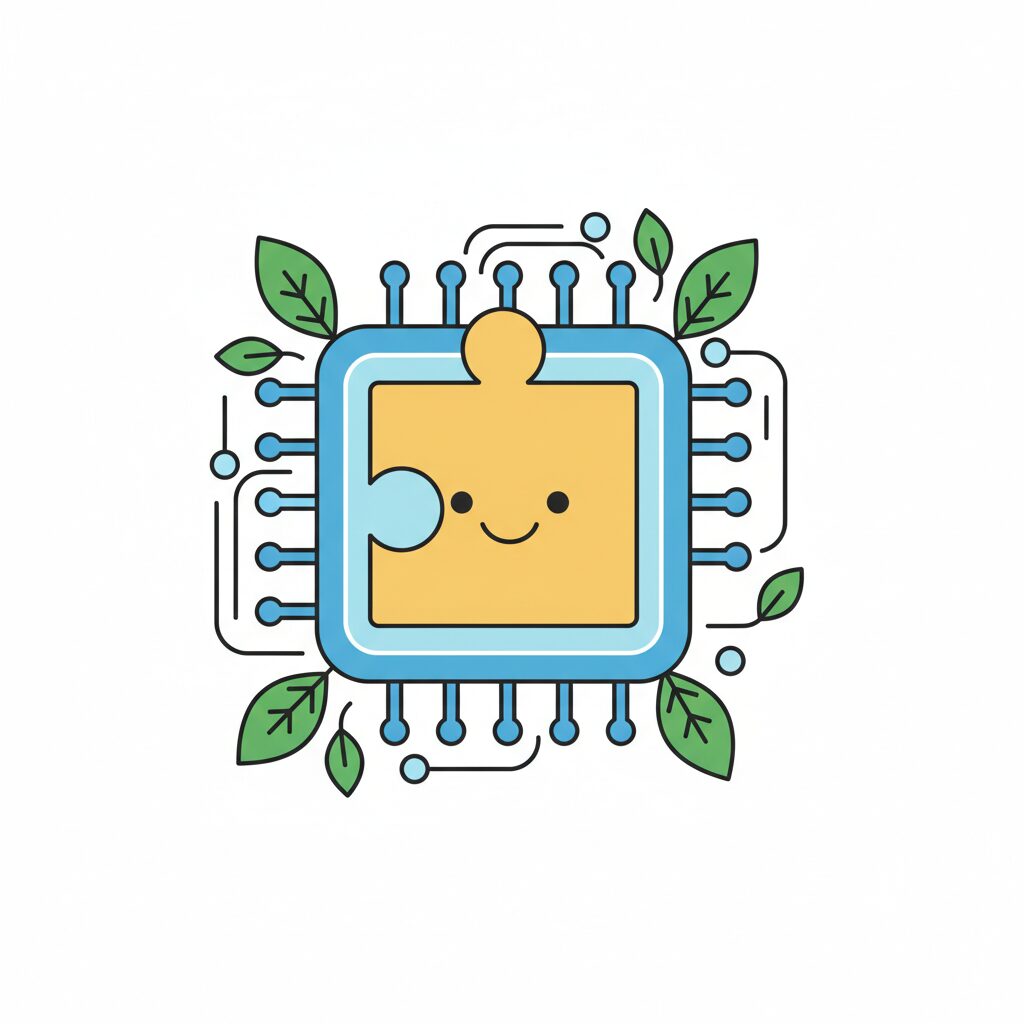
How Does Transparency in Tech Shape Parenting Approaches?

Imagine logging onto a website to track a flood barrier protecting your neighborhood. That’s exactly what the Philippines launched—a public platform where anyone can monitor budget flows and construction progress for flood projects. No jargon, no gatekeeping. Just real-time answers about community safety.
As parents, we’re doing the same thing daily. When kids ask, ‘Why is it raining so hard?’ we could just shrug. Or we might pull up that public flood map together, tracing rivers on the screen like nature detectives. The moment my child spots a passing drone during our flood-map adventures, we pause: ‘Who controls it? What if it glitches during rain?’ It’s not about the tech itself—it’s about showing them tools built for ‘us’, not just ‘them’. That transparency? But here’s what matters most: good systems invite questions. In a world of AI chatbots, that’s pure gold for guiding kids through tech. Like blending kimchi and poutine, we’re mixing old-school curiosity with new tools. Why not point to a weather app and say, ‘Let’s see how it guesses the rain—then check if it’s right?’ Suddenly, tech sparks conversation, not confusion.
Why Kids Still Need Traditional Search Skills in an AI World?

News says AI tool adoption has jumped—38% of folks now test them. Here’s the kicker: 95% still reach for search engines when it counts. Even as shiny chatbots promise instant answers, humans default to verifying, cross-checking, digging deeper. Sound familiar? It’s the same instinct we want in our kids.
When children ask about dinosaurs, turn it into a fossil-digging quest. Pull out books, sketch bones, then cross-reference with voice search. ‘Which source felt most trustworthy?’ becomes a playful scavenger hunt. That ‘95% fallback’ stat is parenting gold: kids don’t need to master AI to thrive. They need to master skepticism for true digital literacy. Remember rainy-day puzzles? Piecing them together slowly teaches patience—the skill to see the full picture before deciding. Tech’s just a friendly assistant cheering them on.
How Can We Build Digital Safety Grounded in Real-World Infrastructure?

The Philippines is pouring $3.5 billion into AI the next five years—aiming to become a regional tech hub by 2030. But cybersecurity firms warn: speed without safety risks everything. Infrastructure gaps, shaky data, rural access? Exactly the cracks we must patch as parents.
Real-world projects—like flood barriers needing constant checks—show kids that safety isn’t an add-on. It’s the soil where innovation grows. Start small with ‘park bench rules’ for new apps: ‘Always tell me what it requests.’ Before long, they’re spotting red flags themselves. That’s the tech resilience future needs—not fear, but fierce care.
What Does It Mean to Raise Humans in Our Digital Age?

Here’s what excites me: the Philippines jumped from 65th to 56th in global AI readiness by focusing on people—not just processors. They target workforce skills, ethical guardrails, real solutions. It’s about belonging.
That’s our parenting North Star. When AI tools promise homework help, ask: ‘Does it nurture wonder?’ Twist it—turn math into backyard hopscotch (‘Solve it before you jump to 10!’). Use translation apps to decode imaginary ‘family trip’ signs. What’s the big takeaway? Raising kids who team up with tech—not lean on it. Because whether building flood monitors or teaching fractions, the strongest foundations are built hand-in-hand. Let them know: your kindness, your ‘what if?’ moments? That’s the innovation no algorithm can replace. This is balanced tech parenting at its core.
Source: Philippines Infrastructure Projects, Protocols for Publishers, AI Tool Adoption, More: Friday ResearchBuzz, August 29, 2025, ResearchBuzz, 2025/08/29 12:01:12
